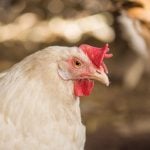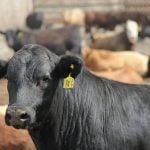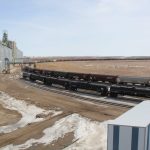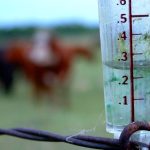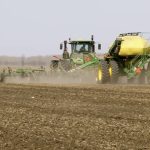Clubroot was first discovered on canola in Alberta in 2003. Since then, it has spread across the Prairies, affecting many fields in Alberta and staking claim in Saskatchewan and Manitoba too. If you haven’t yet found clubroot in your fields, count yourself lucky — but also actively practice clubroot prevention on your farm. “Prevention is […] Read more
